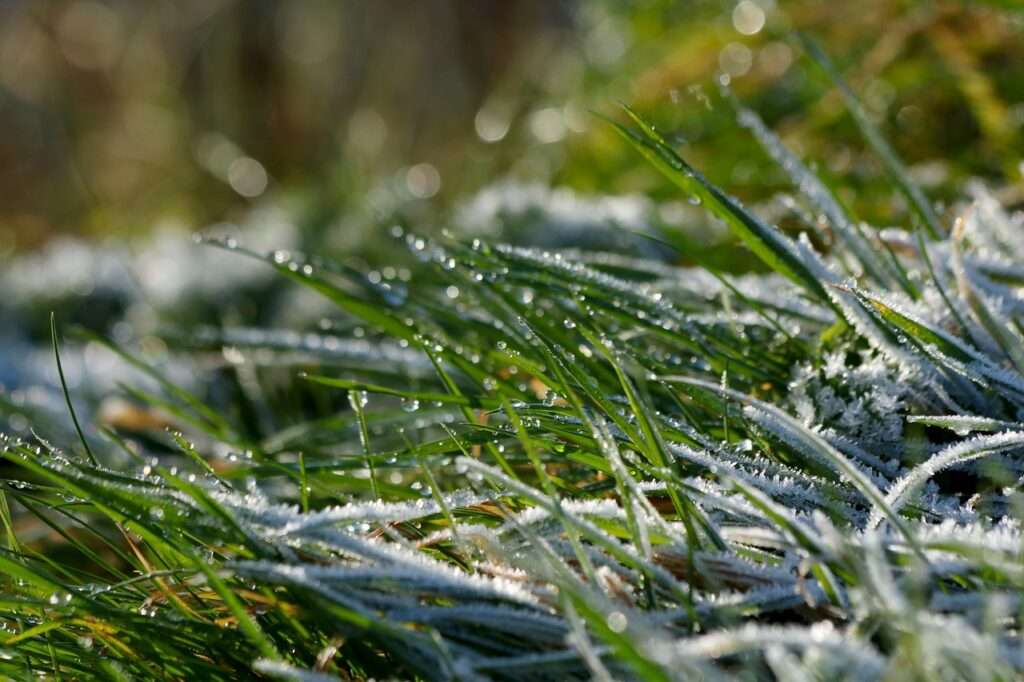Winter Lawn Care Guide: Keeping Your Turf Healthy in Colder Weather

As the temperature drops and the air becomes hard, it’s easy to assume that your lawn needs less attention during the colder months. However, your lawn’s health remains a priority even in winter. Proper care during this season can set the stage for lush, vibrant grass once spring arrives. Here’s a comprehensive guide on how to keep your lawn healthy in colder weather.
1. Raking and Cleanup: Before the first snowfall, ensure your lawn is clear of leaves, debris, and any remaining toys or equipment. A clean lawn allows better airflow and reduces the risk of disease that can thrive in damp, matted grass.
2. Mowing: Give your lawn a final mow before the ground freezes. Trim the grass to a shorter length to prevent matting and disease growth, but avoid scalping it too close, which can stress the grass
3. Aeration: Aerating your lawn helps improve soil compaction and allows nutrients and oxygen to reach the grass’s roots. Fall or early winter is an ideal time for aeration.
4. Fertilization: Apply a slow-release winter fertilizer rich in nitrogen and potassium. These nutrients enhance root growth and overall lawn resilience during the cold months.
5. Clear Pathways: Keep walkways, driveways, and pathways free of ice and snow. De-icing products can inadvertently harm your lawn if overused. Opt for environmentally friendly options or sand instead.
6. Avoid Heavy Traffic: Minimize foot traffic on your lawn during the winter, especially when it’s frosty or covered in snow. Constant pressure can cause the grass blades to break, leading to bald patches in the spring.
7. Snow Mold Prevention: To prevent snow mold, a fungus that grows beneath snow cover, avoid piling up large drifts of snow on your lawn. Clear pathways and spaces for excess snow to spread out.
8. Keep Off Frozen Grass: Walking or playing on frozen grass can cause the blades to snap, leading to damage. Encourage your family and pets to stay off the lawn during frosty periods.
9. Pest Management: While pests are less active in colder weather, some can still cause damage. Keep an eye out for signs of burrowing animals, and consult professionals if necessary.
10. Watering: Your lawn still requires hydration during winter. Watering early in the day allows time for the grass to absorb moisture before evening freezing. Be cautious not to overwater, as excess moisture can cause disease.
By following these winter lawn care practices, you can ensure that your lawn remains healthy, resilient, and ready to flourish come spring. Remember, a little effort during the colder months can make a significant difference in the vibrancy and overall health of your lawn throughout the year.
